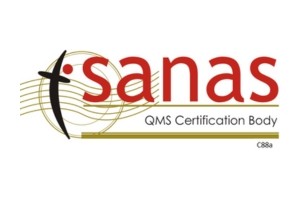ISO 9001; 14001 and 45001 Clause 5.3 requirements simplified?

Lets start a the beginning
Definitions:
Role: is the defined or expected behavior associated with a particular position, function or status in an organization.
Responsibility : The duty, obligation and accountability for the performance of assigned duties, tasks and activities.
Authority : The power or right to control, command, issue orders, make decisions, assign resources, delegate, and ensure compliance to company policies and practices.
Accountability means taking responsibility for and accepting the consequences of your actions in achieving results and proving it to others (see our discussion under clause 5.1.1a).
These international Standards requires that top management must ensure that the responsibilities and authorities for relevant roles are assigned, communicated, and understood within the organization.
Responsibility and authority is defined to:
- ensure that the QMS conforms to the requirements of the standard;
- report on the performance of the QMS and opportunities for improvement;
- ensure the promotion of customer focus throughout the organization;
- ensure that integrity of system is maintained when changes to QMS are planned and implemented.
So how do you go about?
Step 1
Top management must establish the organizational framework necessary to deploy the Management System. It must define the structure, hierarchy and lines of reporting. Additionally, (perhaps, through the assistance of the Human Resources function), it must ensure that the duties, roles, responsibilities and authority of all personnel are defined and communicated.
Step 2
All personnel must be clear on their duties, responsibilities and authority in meeting the company and regulatory requirements.
Step 3
Let all personnel acknowledge their duties, responsibilities and authority.
Although these International Standard does not specifically require any documentation, clause 4.4.2 does require that to the extent necessary, the organization must maintain documents and records to support the Management System.
Step 4
Define/Update the organizational framework.
Organization charts, job descriptions, procedures, work instructions, responsibility matrices, etc, are typically some of the many ways that top management may use to define and document its organizational framework and associated duties, roles, responsibilities and authority.

These must be communicated and deployed, as applicable, throughout the organization. Orientation packages; quality and operator manuals, appointment postings; sign-off on job descriptions; job training on procedures and work instructions, etc, are some of the many ways to accomplish this.
Defining the Reporting Structure
The organization structure and lines of reporting; responsibility and authority of managerial functions and departments must be established by top management (business planning) and the responsibilities and authorities for the rest of the organization may be established by the HR function working with various process owners and department heads.
Again, this would depend on the size, complexity and culture of the organization.
The Management System activities themselves that top management must assign responsibilities and authorities for are covered in detail in other parts of these standards. In this clause, we are only concerned with top management’s role in assigning them.
Join our mailing list to receive upcoming posts: http://www.isoqar.co.za/





